JustCarol wrote: Sun Nov 02, 2025 1:44 pm
There are still a lot of unknowns regarding expenses in the next year which is why I hesitated to post.
I concur with @Home Stretch’s post. On the topic of estimating expenses in retirement, start with @KlangFool’s formula to estimate your current expenses: Annual Expenses = Gross Income – Taxes (1040, Line 24) – Annual Savings. Then adjust that by what will change in retirement (retirement savings goes away, but savings for home repair/upgrade, new cars, gifts to children remain; principle & interest eventually go away when mortgage is paid off, but property tax & hazard insurance remain; commuting costs might go down but vacation spending might go up; term life insurance payments might go away but costs for long-term care in late retirement might go up).
The beauty of Klang’s formula is that if you take out taxes and known savings you are spending all the rest of it. We’ve seen posters that had a detailed budget in a spreadsheet or phone app and were surprised to see Klang’s formula show them as much as $50K of unaccounted spending!
JustCarol wrote: Sun Nov 02, 2025 1:44 pm
1. What to do with his 401k? We plan to roll over to Fidelity in January.
This seems reasonable. You’ll have access to a wider variety of funds, and probably ones at a lower cost (e.g., 0.31% ER for a target date funds is kind of pricey in the 401k now). You will lose Federal ERISA protections, but state-specific protections for an IRA are often comparable (although not every state provides the same protections). This is a somewhat dated list: IRA Protections by State.
JustCarol wrote: Sun Nov 02, 2025 1:44 pm
2. Other assets: MYGA $20000 each, total $120,000 last 2 are Roth funds, same year RMD’s start.
I generally would keep bonds and other fixed income (e.g., MYGA) out of Taxable & Roth accounts to improve Tax-Efficient Fund Placement and optimize the tax-free earnings attribute of Roth accounts by holding 100% stocks in each and all bonds in Traditional Tax-Deferred accounts.
JustCarol wrote: Sun Nov 02, 2025 1:44 pm
3. Her 401k employer is a small company. No control over investments, it’s about 70/30 stock/bond.
Small companies often have higher 401k admin fees and sometimes higher ERs on the fund choices themselves. You should like consider rolling this over to a Trad IRA after you retire (as well as his 401k).
JustCarol wrote: Sun Nov 02, 2025 1:44 pm
7. We would like some help with the big picture. Taxes, what to change going forward. We have become more conservative in the last few years.
You do not seem to have a Taxable account, only Trad & Roth accounts so tax-efficiency isn’t too difficult (if there’s room for all the bonds in Trad, then put them there and leave Roth at 100% stocks). It may be worth looking at the impact of RMDs at age 75(?) and whether or not that will jump you up a tax-bracket or two (i.e., a tax time-bomb). If there is even a tax time-bomb looming in the future, that can often be de-fused by executing Trad->Roth conversions in early retirement. However, such conversions are usually advantageous only if you can execute the conversion at lower tax-rate than what you deferred on your Trad deductible contributions, which in turn often means living off Taxable stocks at 0% or 15% LTCG and delaying any pensions/SocSec until conversions are completed.
Given that you do not have any Taxable account to live off in early retirement and your tax-rate is unlike to change in retirement relative to now, there may be no advantage to conversions and a balance of $1.3M (some of which is Roth) may not results in a tax-rate increase when RMDs are required, so no need for conversions.
On becoming more conservative in the last few years, you should have a desired AA over-time as the blue-print for managing your portfolio. 50/50 seems plenty conservative to me, but you might want to consider the two exercises below as well as the Vanguard TDF design guide to verify that 50/50 is matched to your risk-tolerance and remaining life-expectancy.
Control Your Risk
1) Read the Wiki article for Assessing Risk Tolerance, take the Vanguard Investor Questionnaire, then tailor the asset allocation (AA) that was recommended by the quiz based on your knowledge of your personal risk tolerance having read the Wiki article.
2) Alternatively (or in addition to), ask “How much of a drop in portfolio value as a % of total value can I handle?” cut that % in half to get standard deviation, then lookup that std. dev. on the X-Axis of the chart below, and finally scan up to see what AA that corresponds to. As an example, if you can only stomach a -24% drop in portfolio value, that’s a ±12% std. dev, which corresponds to an AA of 60/40. The return you get is an average and you’ll get what you get with your unique sequence of returns (there’s a lot of variance in outcomes due to the associated volatility of stocks so it probably will NOT be the average, but something more or less).
a. For a long time-frame (>10 years) AAs below 20% stock are dominated (red dots) by another AA with similar risk but higher reward (blue dots).
b. The dotted line represents a hypothetical linear risk-reward from 100% stocks down to 100% bonds; the historical risk-reward curve has an improvement for risk-adjusted return due to the lack of correlation between stocks & bonds.
Vanguard’s Target Date Retirement Glide-Path Design is a also a good starting point for choosing an AA. The choice of a specific TDF year should not solely be based on age, but could be ahead or behind your expected retirement age based on your personal risk-tolerance.



